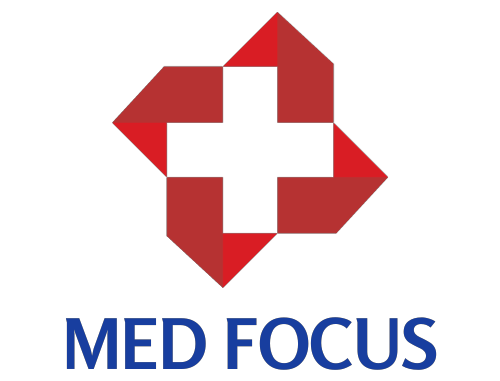The prevention of medical errors is crucial in the realm of health care because it involves saving human lives. Medical errors can have serious effects for patients as well as emotional and professional repercussions for healthcare providers. It is crucial to see these errors as chances for growth and learning, nevertheless. This blog post will cover the topic of medical errors, highlight solutions for reducing errors in healthcare settings, and analyze the lessons we can learn from them.

1. Understanding Medical Errors:
Medical errors are defined as avoidable unfavorable events that take place when a patient is receiving care. These mistakes might involve anything from incorrect medicine dosages and diagnostic problems to difficult surgeries and poor communication. It is critical to understand that mistakes can happen to even the most qualified healthcare practitioners and that they are a normal component of complicated healthcare systems.
2. The Value of Reporting Errors
A culture of open and honest communication is one of the first steps towards eliminating medical errors. It is crucial to support healthcare professionals in reporting mistakes and near-misses without fear of retaliation. Healthcare organizations can identify system shortcomings and make improvements to avoid repeat errors in the future by evaluating reported errors.

3. Root Cause Analysis:
Following an error, it's crucial to perform a thorough root cause analysis (RCA). An error's root causes and contributory elements are to be found using a structured procedure called root cause analysis (RCA). It entails analyzing the chronology of events, evaluating system and individual elements, and pinpointing areas for development. Healthcare systems can undertake focused interventions to stop repeating mistakes by recognizing the underlying causes.
4. Enhancing Teamwork and Communication:
Effective teamwork and communication are essential for lowering medical errors. Patient safety can be increased by putting into practice tactics like standardized handoff protocols, transparent documentation procedures, and interdisciplinary teamwork. A culture of mutual respect and open communication among healthcare team members can also help to reduce errors.

5. Using checklists and protocols:
Checklists and protocols give healthcare professionals a defined framework to adhere to when performing various operations and activities. They serve as safety nets, lowering the possibility of mistakes by making sure that crucial processes are not skipped. Patient safety can be dramatically improved by incorporating checklists and protocols into healthcare activities like surgery and drug administration.
6. Continuous Education and Training:
Medical best practices and knowledge are constantly changing. It is essential for healthcare workers to participate in ongoing education and training in order to stay current with the most recent evidence-based recommendations. Healthcare organizations may provide their staff with the skills and information needed to provide safe and high-quality care by investing in continual education.

Medical mistakes can be extremely harmful, but they can also provide excellent opportunities for growth and learning. Healthcare organizations can lessen the incidence of medical errors and improve patient safety by fostering a culture of open communication, performing thorough root cause analyses, enhancing teamwork and communication, implementing checklists and protocols, offering ongoing education, and fostering a just culture. We may work toward a healthcare system that places a priority on patient well-being and ongoing progress by adopting a proactive and learning-oriented strategy.
Kindly visit themedfocus.com for additional advice and recommendations about attending medical school. If you're seeking a trustworthy internet source, please check out the whole medical school package at the URL below.
https://themedfocus.com/products/the-complete-med-school-bundle

